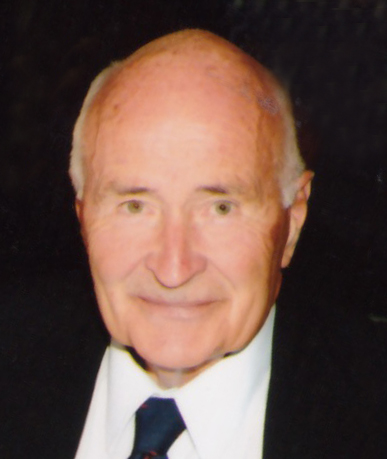This Friday, May 22 from 10:00 am to 12:00 pm, the Elizabeth Taber Library will be holding another free giveaway of books, puzzles, and seeds! Children, middle reads and young adult materials are available. When visiting our giveaways please: Wear a facemask as mandated by the state; approach tables one party at a time; limit three book bags per person, one seed kit per person, one puzzle per party; consider re-donating to the library when you are done with your materials to allow others to enjoy. Isolate materials for an additional 72 hours as a precaution
Do you have donations of books, board games, or other materials your neighbors may enjoy? The ETL is now accepting donations every Monday and Wednesday from 12:00 to 4:00 pm. Find donations bins available by our back entrance to drop off materials. Please only donate materials in good condition!
If you’re looking for help from the library for tech help, book downloading, getting e-library cards, accessing our digital resources, reference help, or any information please call the library Monday through Thursday from 12:00 to 2:00 pm to arrange for help with one of our friendly and knowledgeable team members, or email ETLibrary@sailsinc.org for more information.
Please visit our website www.ElizabethTaberLibrary.org for updates and to access our digital resources, and donate to the Elizabeth Taber Library via the Paypal link on our home page.
From everyone at the ETL, we miss seeing all our friends at the library and we look forward to many reading adventures in the future.
